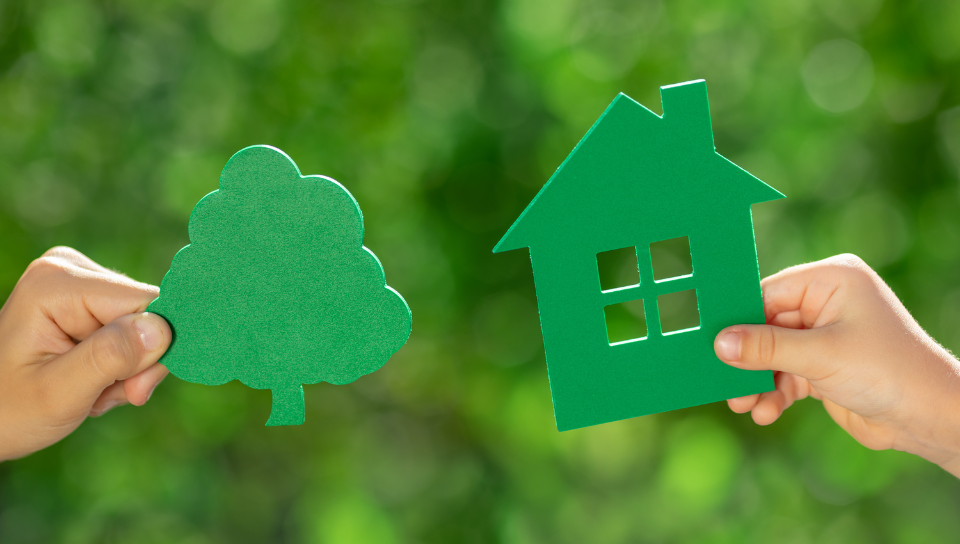Guest writer, Jackie Edwards, explores the potential benefits for older people of age-inclusive living and public spaces.
By 2050, it is estimated that 1 in 5 people in the UK will reach 100 years. Unfortunately, only a third of the global population is looking forward to their old age says an IPSOS report. One reason is the view that older people are ‘no longer useful to society’. In addition, 1 in 5 people do not expect to be fit and healthy in old age. Isolation, loss of independence, and medical problems are also part of the negative perceptions of ageing. A feasible option to create a positive ageing process is by promoting age-inclusive living among older people. Age-inclusive living can provide numerous benefits such as improved social interactions, better physical health, and enhanced emotional well-being.
Age-friendly Infrastructure for Security and Independence
One of the main ways to support the elderly is to ensure access to infrastructure. Ideally, the design and development of living spaces as well as communities and services must be accessible and accommodating to individuals of all ages, including children, adults, and older people. The concept of age-inclusive living aims to create environments that support people at various life stages and promote social inclusion, regardless of age. A universal design incorporates features and amenities that can be used by people of all ages and abilities.
Adaptable housing and public spaces that cater to diverse needs can transform the lives of older people. For example, a flexible layout is easily modified to accommodate different lifestyles and changing needs. This allows for adjustments to living spaces without major renovations, making it easier for people to age in place. User-friendly kitchens and bathrooms are vital as well and features like grab bars, roll-in showers, and adjustable countertops ensure that these spaces retain their functionality for those with varying physical abilities. In addition, smart home technology can be integrated into adaptable housing that enhances the safety. Voice-activated controls, home automation, and monitoring systems contribute to independent living and security. Research conducted by Fanchonette, point out that smart home technologies have the potential to provide continuous care by monitoring medications, falls, mobility, and quality of life. Likewise, a study by Morris et al., concluded that technology could help ‘older adults live longer, safely, and independently in their own homes.’
Promotion of Social Connections and Support Networks
Age-inclusive living environments often promote social interactions among people of different age groups. This mix offers prospects for diverse social experiences and the sharing of perspectives. It can help older people avoid social isolation, providing them with opportunities for companionship, shared activities, and a sense of belonging within the community. Some shared activities might include exercise classes, cultural events, and hobby groups. Community hosted events, celebrations, and gatherings also create ways for neighbours to interact and connect. These events could be seasonal festivals or other social gatherings that promote a sense of community.
Communal spaces that are designed to cater to different ages encourage residents to come together for various activities. Common areas, parks, recreation centres, and shared facilities provide spaces where people can meet, socialise, and build connections. Take the example of Kampung Admiralty in Singapore. The community was designed to ensure that its inhabitants are socially connected and healthy. Hence, a health centre, supermarket, day care, and bank are on site. Specific cities also plan for an age-inclusive environment. To illustrate, Bristol is committed to enabling older people making them feel, safe, and healthy whilst participating fully in society. In 2018, the city was also accepted by the World Health Organisation (WHO) as a member of the Global Network of Age Friendly Communities (GNAFC). Bristol has an age-friendly action plan actively collaborating in making the urban area more inclusive.
Health, Wellness, and a Sense of Purpose
Promotion of physical health is an outcome of access to recreational programs, fitness programs, and wellness activities. Regular exercise and healthy living contribute to a higher quality of life and may help or prevent certain health conditions. According to a 2022 study published in the British Journal of Sports Medicine, exercise and a healthy diet can drastically reduce mortality rates. Furthermore, regular social engagement and a sense of belonging can positively impact the emotional well-being of older people. Feeling connected and valued within a community contributes to a more fulfilling and satisfying life. Many studies attest that social connections make people happier. They are also associated with better health and a longer life, according to an article written by Thomas Oppong.
The opportunities offered by age-inclusive living to participate in community events, activities, or volunteer work give a sense of purpose and direction. Being valued and useful can enhance overall life satisfaction. Hence, the combination of social interactions, engagement in activities, and a supportive community environment contribute to better mental health outcomes reducing the risk of depression and anxiety.
In summary, age-inclusive living can have a positive impact on older people by addressing social, emotional, physical, and safety-related needs. These benefits contribute to a more vibrant and fulfilling lifestyles for older individuals, allowing them to age with dignity and an enhanced quality of life.
About the author
Jackie has worked as a therapist, though is now partially retired and spends her time writing. Part of her therapy work involved working with older people and using horticultural therapy to engage and help with communication. Away from work, she’s married to her husband Brian – and in any free time they have, they’re taken for walks by their two dogs Cox and Pippin.
